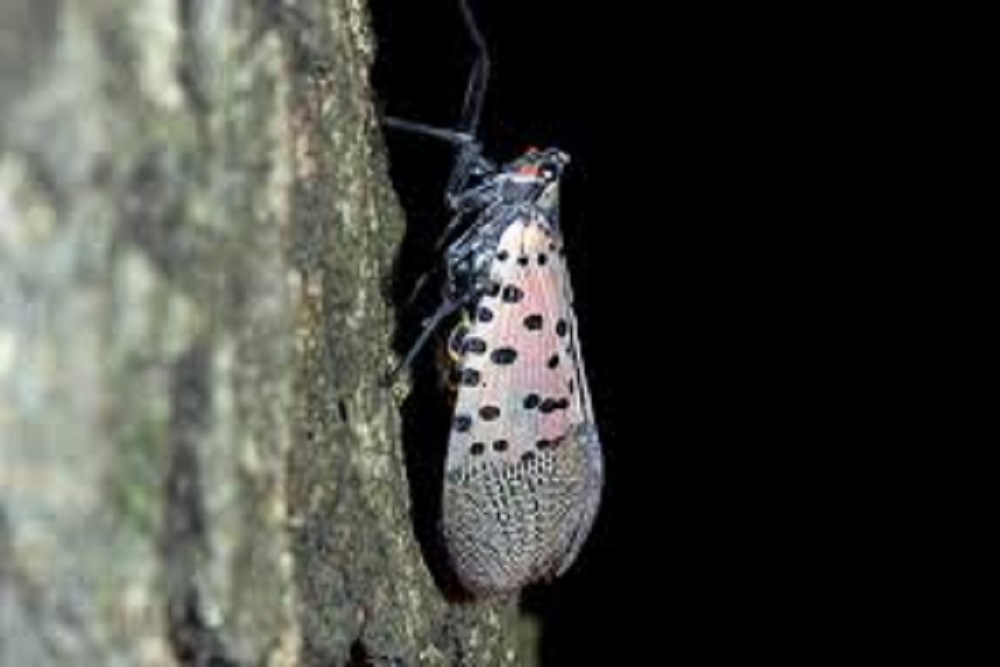Maryland Department of Agriculture issued the following announcement on Sept. 11.
The Maryland Department of Agriculture is working with the U.S. Department of Agriculture (USDA) to treat for spotted lanternfly at multiple sites in the upper northeast corner of Cecil County and along the northern border of Harford County. The Maryland Department of Agriculture found a small population of spotted lanternfly in these two areas while surveying for the invasive pest this spring and summer.
“Even before the first spotted lanternfly was confirmed in Maryland last October, the department and our partners had been vigorously surveying and educating the public about this pest,” said Maryland Agriculture Secretary Joseph Bartenfelder. “Due to its potentially devastating effects on the agriculture industry, treating for this invasive insect now is critical to controlling its spread in Maryland and protecting our state’s agricultural commodities.”
The USDA will work with a contractor to treat Ailanthus altissima, more commonly known as tree-of-heaven, in a quarter-mile radius of where the department found spotted lanternfly during surveying. Ailanthus altissima is the spotted lanternfly’s preferred tree to feed on and research has shown it is required for spotted lanternfly reproduction.
“We’re working with Maryland Department of Agriculture to contain, control, and suppress the isolated spotted lanternfly infestations in Cecil and Harford Counties,” said USDA’s State Plant Health Director Matthew Travis. “Detecting the pest early, while the population is small, is critical to stopping its spread. That’s why we’re asking the public for help. If you see spotted lanternfly or find egg masses, call MDA or an Extension office.”
Treatments are administered under USDA supervision. Depending on the size of the tree, there are two treatment types. Ailanthus altissima less than six inches in diameter at breast height (DBH) will receive herbicide treatments and Ailanthus altissima with a DBH greater than six inches will be treated with systemic insecticide. Both the herbicide and the insecticide have been found to have no or very minimal health effects on humans and pets.
All property owners in the treatment area have been, or will be, directly notified prior to spraying. Treatments will be completed by the end of September and will resume in the spring.
The spotted lanternfly poses a major threat to the region’s agricultural industries as it feeds on over 70 different types of plants and crops – including grapes, hops, apples, peaches, oak, pine, and many others. Originally from Asia, the spotted lanternfly is non-native to the U.S. and was first detected in Berks County, Pennsylvania in the fall of 2014. As a known hitchhiker, the spotted lanternfly has spread to 14 counties within Pennsylvania and has confirmed populations in Delaware, Virginia, and New Jersey.
The department’s Plant Protection and Weed Management Program continues to work with USDA, the University of Maryland Extension, the USDA Animal and Plant Health Inspection Service (APHIS), Plant Protection and Quarantine (PPQ), and others to monitor the insect in Maryland. Our department has also launched outreach and education campaigns aimed at agricultural operations and the general public. There is no spotted lanternfly quarantine for businesses or homeowners in Maryland at this time.
If you suspect you have found a spotted lanternfly, snap a picture of it, collect it, put it in a plastic bag, freeze it, and report it to the Maryland Department of Agriculture at DontBug.MD@maryland.gov. Dead samples from any life stage can be sent to the Maryland Department of Agriculture’s Plant Protection and Weed Management Program at 50 Harry S. Truman Parkway, Annapolis, MD 21401.
For more information about the spotted lanternfly, please visit the Maryland Department of Agriculture’s website at mda.maryland.gov/spottedlanternfly.
Original source can be found here.

Source: Maryland Department of Agriculture





 Alerts Sign-up
Alerts Sign-up